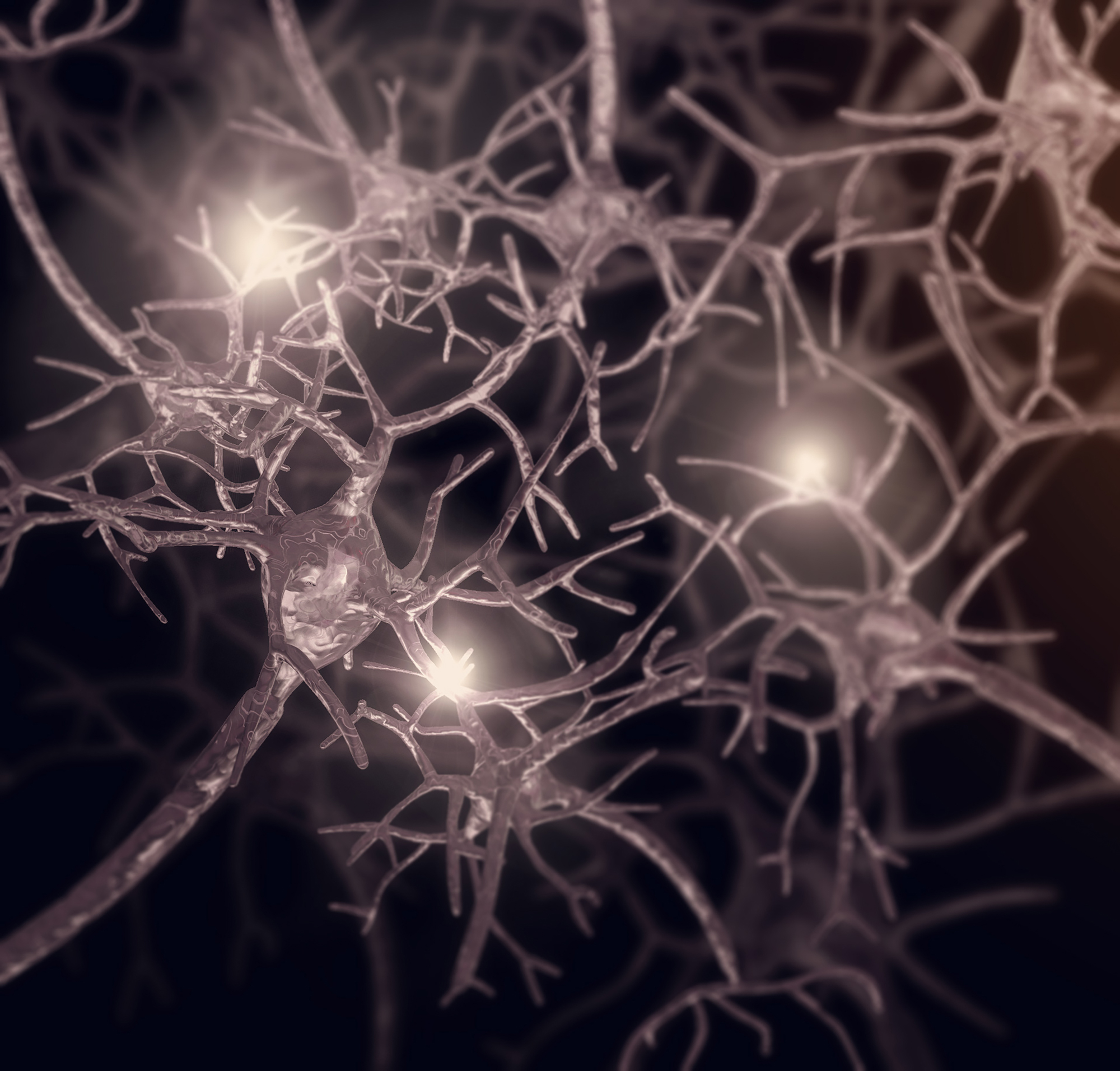 UQ researchers have deepened understanding of how a key protein in Alzheimer’s disease, tau, causes neurons to malfunction in the brain.
UQ researchers have deepened understanding of how a key protein in Alzheimer’s disease, tau, causes neurons to malfunction in the brain.
The study potentially opens new avenues for protecting cells in Alzheimer’s disease, said Professor Jürgen Götz, Director of QBI’s Clem Jones Centre for Ageing Dementia Research (CJCADR).
“In this new study, we found that pathological forms of tau reduce the ability of specific neurons in the hippocampus to fire at full power and effectively communicate with each other,” said Professor Götz.
The hippocampus is a brain region important for learning and memory,
“Excitingly, lead author Robert Hatch discovered at the cellular level how exactly this occurs,” said Professor Götz.
Tau discovery at a cellular level deepens understanding of Alzheimer’s
In response to a signal from another cell, neurons generate an electrical signal called an action potential. This occurs in a defined region called the axon initial segment (AIS), and then travels down the axon of the cell.
The QBI research found that abnormal tau protein in the hippocampus changes the location of the AIS and modifies how electrical signals are generated.
“A better understanding of why these neurons in the hippocampus become damaged paves the way for correcting the relocation of the AIS to ultimately prevent memory loss,” said Professor Götz.
The study is published in Acta Neuropathologica.
What is tau protein?
The protein tau has a normal function in brain cells. Tau stabilises the cytoskeleton of neurons, which helps give these cells their shape.
In neurodegenerative conditions including Alzheimer’s and Parkinson’s disease, abnormal forms of tau cause a build-up of insoluble aggregates within neurons. These tau aggregates are known as neurofibrillary tangles, and along with amyloid plaques are the two hallmarks of Alzheimer’s disease.





